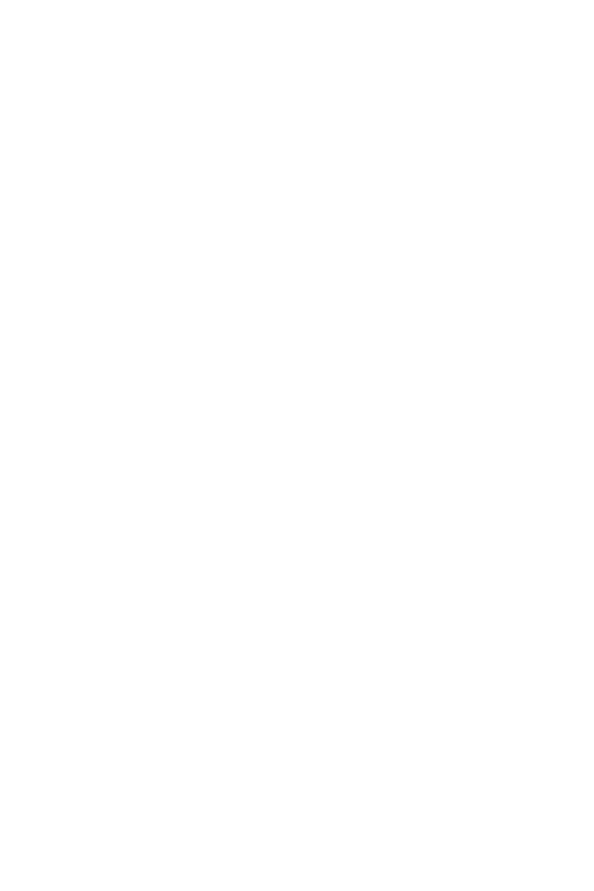
219. For Libby's characterization, see White House transcript, Scooter Libby interview with Newsweek, Nov.
2001. For the Vice President's statement, see President Bush and Vice President Cheney meeting (Apr. 29, 2004).
For the second authorization, see White House notes, Lynne Cheney notes, Sept. 11, 2001; White House notes,
Lewis Libby notes, Sept. 11, 2001.
220. Joshua Bolten meeting (Mar. 18, 2004); see also White House notes, Lewis Libby notes, Sept. 11, 2001
("10:15�18:Aircraft 60 miles out, confirmed as hijack--engage? VP:Yes. JB [Joshua Bolten]: Get President and con-
firm engage order").
221. For the Vice President's call, see White House record, Secure Switchboard Log, Sept. 11, 2001;White House
record, President's Daily Diary, Sept. 11, 2001; White House notes, Lewis Libby notes, Sept. 11, 2001. Fleischer's
10:20 note is the first mention of shootdown authority. See White House notes,Ari Fleischer notes, Sept. 11, 2001;
see also Ari Fleischer interview (Apr. 22, 2004).
222. DOD transcript, Air Threat Conference Call, Sept. 11, 2001.
223. On reports of another plane, see White House notes, Lynne Cheney notes, Sept. 11, 2001;White House
notes, Lewis Libby notes, Sept. 11, 2001. On the Vice President's authorization, see ibid.; DOD transcript,Air Threat
Conference Call, Sept. 11, 2001. For Hadley's statement, see DOD transcript, Air Threat Conference Call, Sept.
11, 2001.
224. For the quotation, see White House transcript, Libby interview with Newsweek, Nov. 2001. On the air-
craft's identity, see White House record,White House Military Office Log, Sept. 11, 2001.
225. On the NMCC, see DOD transcript,Air Threat Conference Call, Sept. 11, 2001. On the Secret Service's
contacts with the FAA, see notes 208, 217. On the Secret Service conveying information to the White House, see
DOD transcript, Air Threat Conference Call, Sept. 11, 2001; Nelson Garabito interview (Mar. 11, 2004).
226. DOD transcript, Air Threat Conference Call, Sept. 11, 2001.
227. Ibid.
228. Ralph Eberhart interview (Mar. 1, 2004). On the morning of 9/11, General Eberhart was in his office at
headquarters--roughly 30 minutes away from Cheyenne Mountain, where the operations center is located.
229. DOD record, Continental Region chat log, Sept. 11, 2001.
230. NEADS audio file, Mission Crew Commander position, channel 2, 10:32:12. For the text of the chat log
message, see DOD record, Continental Region chat log, Sept. 11, 2001.
231. For the statements of NEADS personnel, see Robert Marr interview (Jan. 23, 2004) (NEADS com-
mander); Kevin Nasypany interview (Jan. 22, 2004) (mission commander); James Fox interview (Oct. 29, 2004)
(senior weapons director). On the understanding of leaders in Washington, see DOD transcript, Air Threat Con-
ference Call, Sept. 11, 2001. For the orders to Langley pilots, see NEADS audio file, Weapons Director position,
recorder 1, channel 2, 10:10�11.
232. For evidence of the President speaking to Rumsfeld, see White House notes,Ari Fleischer notes, Sept. 11,
2001. On inability to recall this conversation, see Donald Rumsfeld interview (Jan. 30, 2004).
233. DOD note, transcript of Air Threat Conference Call, Sept. 11, 2001.
234. Donald Rumsfeld interview (Jan. 30, 2004).At 11:15, Secretary Rumsfeld spoke to the President and told
him DOD was working on refining the rules of engagement so pilots would have a better understanding of the
circumstances under which an aircraft could be shot down. See, e.g., DOD notes, Stephen Cambone notes, Sept.
11, 2001. DOD did not circulate written rules of engagement until sometime after 1:00
P
.
M
. See DOD memo,
rules of engagement, Sept. 11, 2001 (faxed to Andrews Air Force Base at 1:45
P
.
M
.).
235. David Wherley interview (Feb. 27, 2004).
236.The 113th Wing first learned from the FAA tower at Andrews that the Secret Service wanted fighters air-
borne.The FAA tower had been contacted by personnel at FAA headquarters, who were on an open line with sen-
ior agents from the President's detail. See Nelson Garabito interview (Mar. 11, 2004); Terry Van Steenbergen
interview (Mar. 30, 2004). On the Secret Service agent relaying instructions, see USSS memo, Beauchamp to AD-
Inspection, September 11 experience, Feb. 23, 2004. On the order to fly weapons free, see David Wherley inter-
view (Feb. 27, 2004); DOD memo, interview of David Wherley, Oct. 3, 2001, p. 12.
237. President Bush and Vice President Cheney meeting (Apr. 29, 2004).
238. These estimates are based on analysis of Boeing 757 maximum operating speed data, FAA and military
radar data, and assumptions regarding how the airplane would be operated en route to the Washington, D.C., area.
The shortest time frame assumes maximum speed without regard to overspeed warnings, a straight-line path, and
no time allowed for maneuvering or slowing to aim and crash the airplane into its target.The probable time frame
allows for speeds consistent with the observed operation of the airplane prior to its final maneuvers and crash, as
well as for maneuvers and slowing in the D.C. area to take aim. According to radar data, the fighters from Langley
Air Force Base arrived over Washington at about 10:00
A
.
M
. Two of the three Langley fighters were fully armed
(i.e., with missiles and guns); the third fighter carried only guns. Craig Borgstrom interview (Dec. 1, 2003).
239. For the pilots' awareness, see Dean Eckmann interview (Dec. 1, 2003); Bradley Derrig interview (Dec. 1,
2003); Craig Borgstrom interview (Dec. 1, 2003). For the quotation, see Dean Eckmann interview (Dec. 1, 2003).
240. For no authority at 10:10, see NEADS audio file, Mission Crew Commander, channel 2. For shootdown
NOTES TO CHAPTER 1
465
FinalNotes.4pp 7/17/04 4:26 PM Page 465
